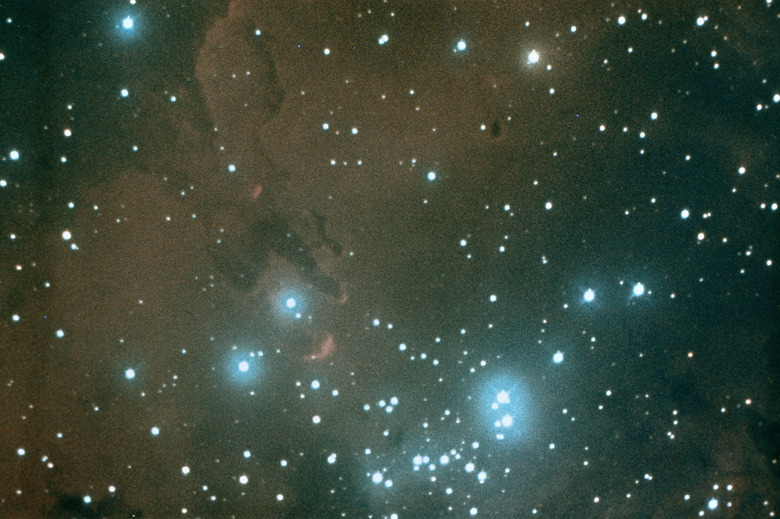How Do Radio Waves Work?
EM or electromagnetic radiation is made up of a magnetic field and an electric field. These fields travel in waves perpendicular to each other and can be classified based on their wavelength, which is the distance between the peaks of two waves. The type of EM radiation with the longest wavelength is radio waves. When particles accelerate, or change speed or direction, they give off EM radiation all along the spectrum, including long wavelength radio waves. There are five general ways that this happens.
Blackbody Radiation
Blackbody Radiation
A blackbody is an object that absorbs, then re-emits, radiation. When an object is heated, its atoms and molecules move, which causes EM radiation release, peaking at a different point along the EM spectrum, depending on the temperature. For example, a heated piece of metal will first feel warm or infrared, then glow as it enters the visible light portion of the spectrum. At much lower temperatures, radiation at radio wavelengths is emitted.
Free-Emission Radiation
Free-Emission Radiation
When electrons in gas atoms become dislodged or stripped, they are ionized. This, like blackbody radiation, is another form of thermal emission. This causes charged particles to move in the ionized gas, which accelerates the electrons. Accelerated particles release EM radiation, and some gas clouds release it at radio wavelengths, such as close to star-forming regions, or active galactic nuclei. This is also referred to as "free-free" emission and "bremsstrahlung."
Spectral Line Emission
Spectral Line Emission
The third type of thermal emission is spectral line emission. When electrons in atoms transform from high to low energy levels, a photon — a massless energy unit that can be thought of as equivalent to a wave — is released. The photon has the same energy as the difference between the high and low levels that the election is moving from and to. In some atoms, such as hydrogen, photons are emitted in the radio region of the EM spectrum — 21 centimeters, in the case of hydrogen.
Synchrotron Emission
Synchrotron Emission
This is a non-thermal form of emission. Synchrotron emission occurs when particles are accelerated by a magnetic field. Typically, an electron is charged, as it has less mass than protons and therefore accelerates more easily. This makes it respond more readily to magnetic fields. The electron spins around the magnetic field, giving off energy as it does. The less energy it has left, the wider the circle around the field and the longer the wavelength of EM radiation it emits, including radio wavelengths.
Masers
Masers
Masers are another type of non-thermal radiation. The word "maser" is actually an acronym for Microwave Amplification by Stimulated Emission of Radiation. It is similar to a laser, except that a maser is amplified radiation at a longer wavelength. A maser is formed when a group of molecules is energized, and then exposed to a certain frequency of radiation. This causes them to emit radio photons. If an energy source re-energizes the molecules, this resets the process, and a maser is emitted again.
Cite This Article
MLA
Davies, Warren. "How Do Radio Waves Work?" sciencing.com, https://www.sciencing.com/radio-waves-work-12006601/. 24 April 2017.
APA
Davies, Warren. (2017, April 24). How Do Radio Waves Work?. sciencing.com. Retrieved from https://www.sciencing.com/radio-waves-work-12006601/
Chicago
Davies, Warren. How Do Radio Waves Work? last modified March 24, 2022. https://www.sciencing.com/radio-waves-work-12006601/
